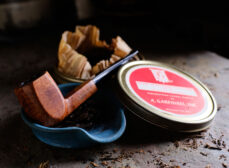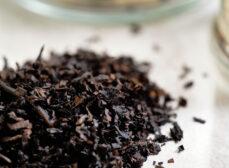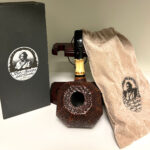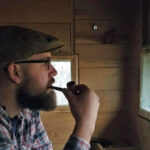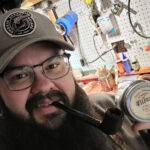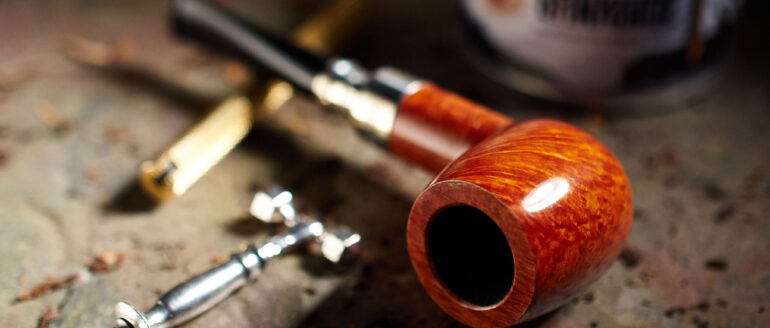
Predictably, the Vegas pipe extravaganza of 2022, the first pipe show I’ve attended since 2019, was an absolute delight. I met up with old friends, made some new ones, and just had a complete blast. If you didn’t make it this year, I hope you’ll consider coming in 2023. If you were there, I hope we had at least a few minutes to chat. If we didn’t, see above. One of the most heartening things to me was meeting so many young people, new to the hobby, who brought an infectious enthusiasm with them to the show, and with it hope for a new generation of pipe smokers to keep the embers going in years to come.
There were so many beautiful pieces on exhibit, both old and new, and any list I attempt to cobble together would be embarrassingly incomplete, so I’ll stop with that. I came home with only three pipes, though it was very nearly four and easily could have been ten times that number. Two of these are new, one from a maker I met for the first time, the third is an estate piece. Then, there’s the one that got away. I’d spotted a bamboo shank beauty that I really wanted. I was on my way to make it mine when I was briefly distracted. Those few seconds might as well have been an eternity during which the universe conspired against me; as I rounded the corner on my way to this maker’s table, I watched as my pipe was tucked into its bag and put into the hands of another. “Scoundrel! You bought my pipe!” Just as in horse racing, those few seconds were all it took. Those few seconds represented the difference between taking home the purse or going home empty.
It’s okay. It’s just a pipe. There will be another. There will always be another. The three of us had a bit of a laugh over it, and in time, yes, I’ll get a similar piece from this maker, maybe one I like even more, and the balance of the universe will be restored. Since returning home, its new caretaker, its maker and I have had a bit of good natured banter over it, as it should be. That pipe stimulated two new relationships more valuable than having the pipe would have been. (Yeah. I’m being philosophical here. Truth is, I’ve been fomenting plans to lay siege to this fellows pipe fortress, nick that pipe, and replace it with an accurate simulacrum produced on my friend’s son’s 3-d printer. In truth, who’s to say that hasn’t already happened?)
The two new pipes I brought home are, first, a beautiful Peterson silver spigot 107, a classic stout billiard. Everything about it just called to me – the wood, the silver, the shape – and as I was already working out a trade deal with its vendor, the transaction was painless. Yes! The second is a delightful modern interpretation of a bent bulldog from Dustin Franc, a maker new to me, but one I’ll certainly be watching closely. Dustin’s work is inspired, playful, interesting, and exciting. If you haven’t seen his pipes, look him up.
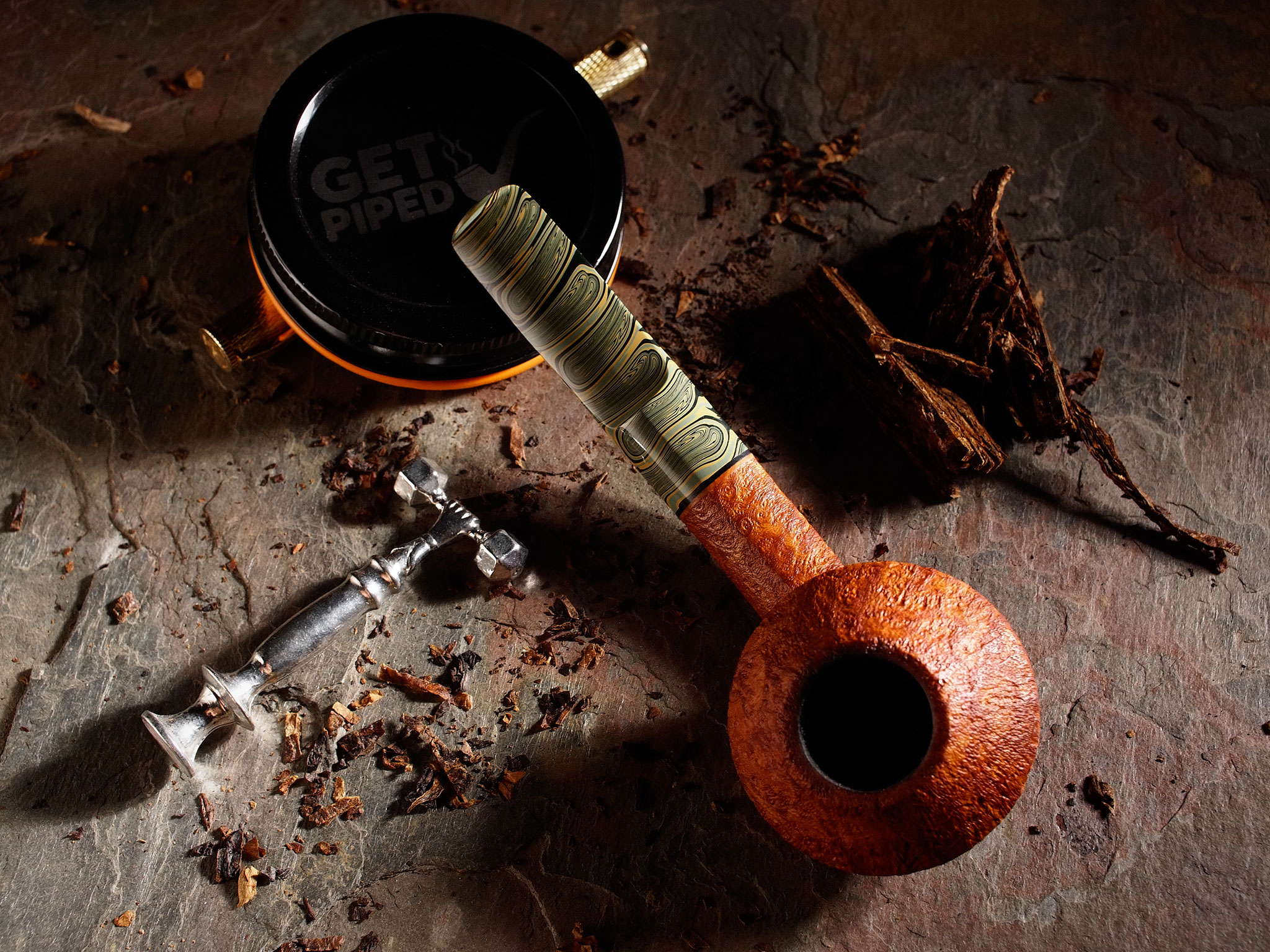
Both of these pipes have shown themselves to be wonderful smokers, too, but this month’s chat is really about that third pipe, a beautifully made little sandblasted, squat bulldog by Mike Burkes. Mike is a mechanical engineer by profession, and it shows in the precision of his work. The pipe had been nicely restored, the price was right, and had to have it. The only problem, revealed later, is that its previous owner had enjoyed some pretty powerful aromatic tobaccos. Smoke what you like, of course, I’m all for that, but to my palate, the specters of aromatics past brutally interfere with my enjoyment of the unflavored blends I generally prefer. Some ghosts just don’t play well with others. (I know some feel similarly about Latakia, or even Perique. Such heresy will not be accepted!)
So, when I got home, the ancient and sacred rites of exorcism began. I lit candles, drew a small triangle and a large circle surrounded by mysterious symbols on the floor, turned the lights down, donned ceremonial robes, and lit the censer filled with a consecrated incense of pure Latakia and Perique. I placed my ancient copies of Alfred Dunhill’s The Gentle Art of Smoking, and Georges Herment’s The Pipe (a serious yet diverting treatise) upon an altar made from a bale of nearly petrified tobacco leaves procured from Sobranie House just prior to its shuttering. I take this stuff seriously.
Carefully reaming the bowl back to the walls and cleansing the shank thoroughly, I prepared the pipe for its subsequent anointing with holy alcohol and salt purified by the light of the full moon. After carefully placing the pipe on the altar, I began chanting from the sacred tomes, fascinated as diaphanous wisps screeched and howled, attempting to distract me as they were compelled to fly through the smoky air into the prison of the magical triangle. By sunrise, the first part of the ritual was complete.
What is this foolishness, Pease? In less esoteric terms, the alcohol helps to dissolve and pull the goo from the wood; the salt serves as a new home in which the goo can take up residence. This method doesn’t reach the deeper layers, of course. Smoking a pipe is a dynamic process, and the temperature gradient that results from smoldering tobacco creates an environment in which the capillaries of the wood can transport oils and aromatic compounds more deeply into its core, and back out when you least expect, or want them. The rest? Theater or madness. You decide.
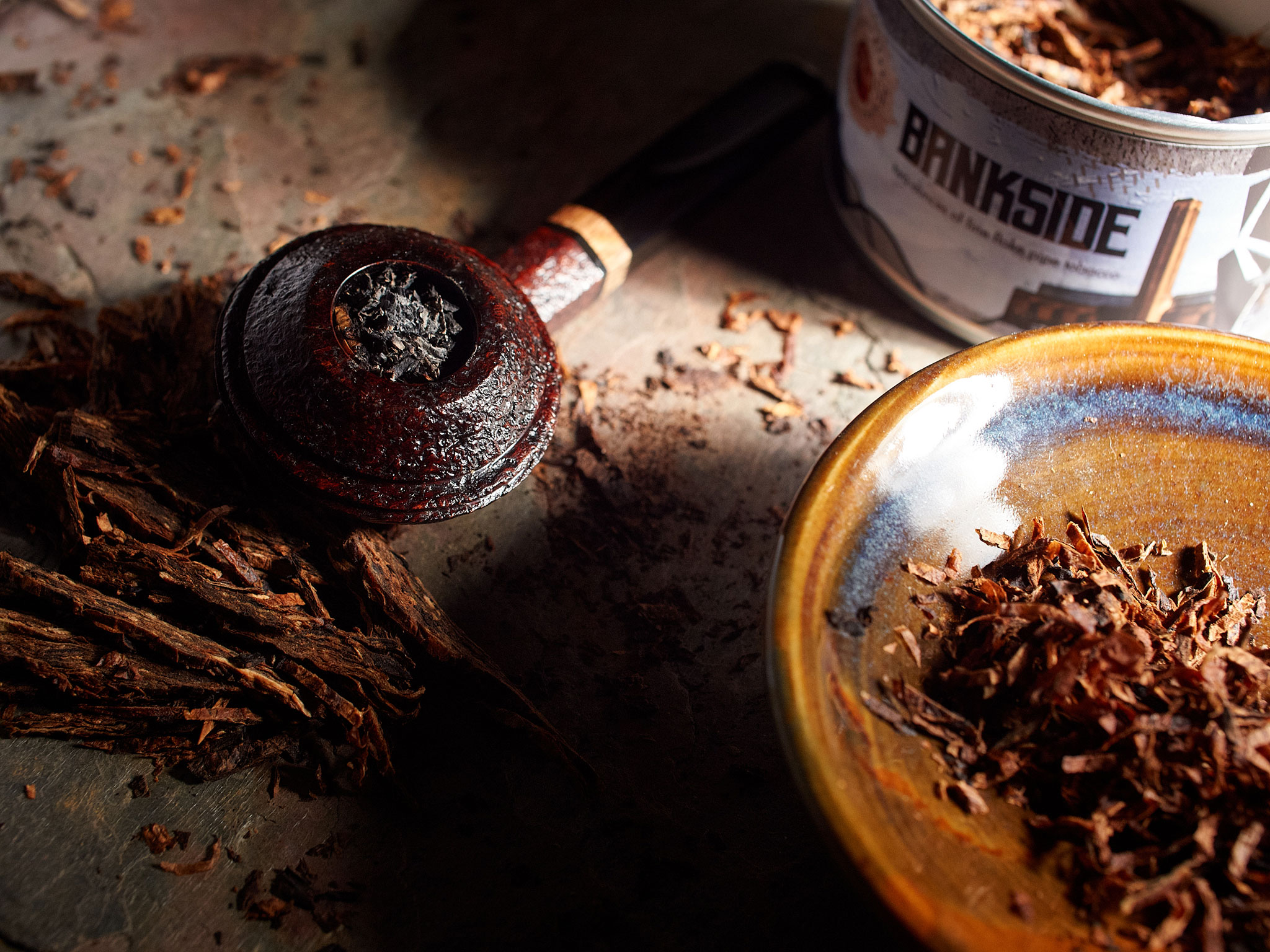
It’s never a 100% cure, but it can really help, and in this case, the ghostly roar was reduced to a whimper that I hoped would dissipate over time as I broke the pipe in to begin its second life. Since I now have essentially three new pipes, I thought I’d give a few words on the process I use when breaking-in a briar. (I offer the following as both a reminder to myself, but also especially to those relatively new to the pipe. Knowing some of this stuff early on might have saved my tongue from some truly dreadful early experiences…)
Unlike some, I enjoy breaking-in pipes. When the walls are bare, I find I can smoke them often without the need for much resting time between bowls, and this affords me with an opportunity to really get to know them. I have no special technique apart from filling them a little more delicately and smoking slowly, gently to the end.
I’m no expert here and even after all these years, I’m still trying to figure it all out. A few times, I’ve had the “coveted” experience of smoking a pipe to the bottom with only a couple of lights, and that’s always a fun surprise, but it’s not my goal. It’s more important to enjoy and be mindful of the smoke, and when the pipe begins to go out, re-light as needed rather than trying to stoke the fires back to life with furious puffing.
In general, slightly drier tobacco usually works best for me, especially in a new pipe, as it’s easier to keep smoldering and is often sweeter tasting. Since combustion produces moisture that will accumulate in the tobacco below the ember, the drier the leaf is at the bottom of the bowl, the easier the process will be. I’ll often start with virginias, as the higher natural sugar content tends to start the formation of a good cake readily.
I filled the pipe gently and evenly with a fully rubbed VA/perique flake, being careful not to over pack it. Since tobacco will expand as it smolders, absorbing moisture both from the air and from combustion, a tight pack will only get tighter. And, something true of both new pipes and those that have established themselves well after months or years of smoking, but rarely mentioned: tamping should be infrequent and gentle. When the pipe goes out, a very soft touch, the weight of the tamper alone, provides all the force necessary to settle the mound of ash before re-lighting. Hard tamping is probably the greatest impediment to a successful smoke, and most of us have had the experience of over-tamping, the result being a brick of soggy-dottle that won’t burn unless lit with an oxyacetylene cutting torch.
And, to ensure continued sweet smokes, keeping the pipe clean is essential. Pipe cleaners are cheap and necessary. I’ll use them during a smoke if moisture begins to accumulate, and then as many as necessary afterwards to keep the shank clean. The best cleaning method is to not let the pipe get dirty in the first place. (Still, once in a while, even the most meticulously maintained pipe will benefit from a bit of a swab with an alcohol moistened cleaner, vodka works well, and thorough drying.)
The first smoke in my newly refreshed pipe went very well, revealing only hints of the old ghosts as I got into the bowl’s final third. The second was better still, and finally, after a dozen bowls or so, it is delivering a wonderful, effortless smoke tasting of my tobacco, not someone else’s. Success! The other two? They’ve been just great right out of the starting blocks.
I’m really looking forward to the next show I can attend. The fun, the fellowship, the banter are all wonderful reminders that things don’t have to be as gloomy as the media would have us believe. A pipe show is a place where folk sharing a common interest can congregate and exchange thoughts and ideas freely and openly, all while enjoying our hobby. After the last three years, it’s clear to me that this is not only something enjoyable, it’s almost essential to maintaining my relative sanity, and I’m really happy to have had the recharge. The pipes I bring home from a show, and in some cases the ones I don’t, are more than just objects. They are like talismans, little physical reminders that the pipe world is still a damn cool place.
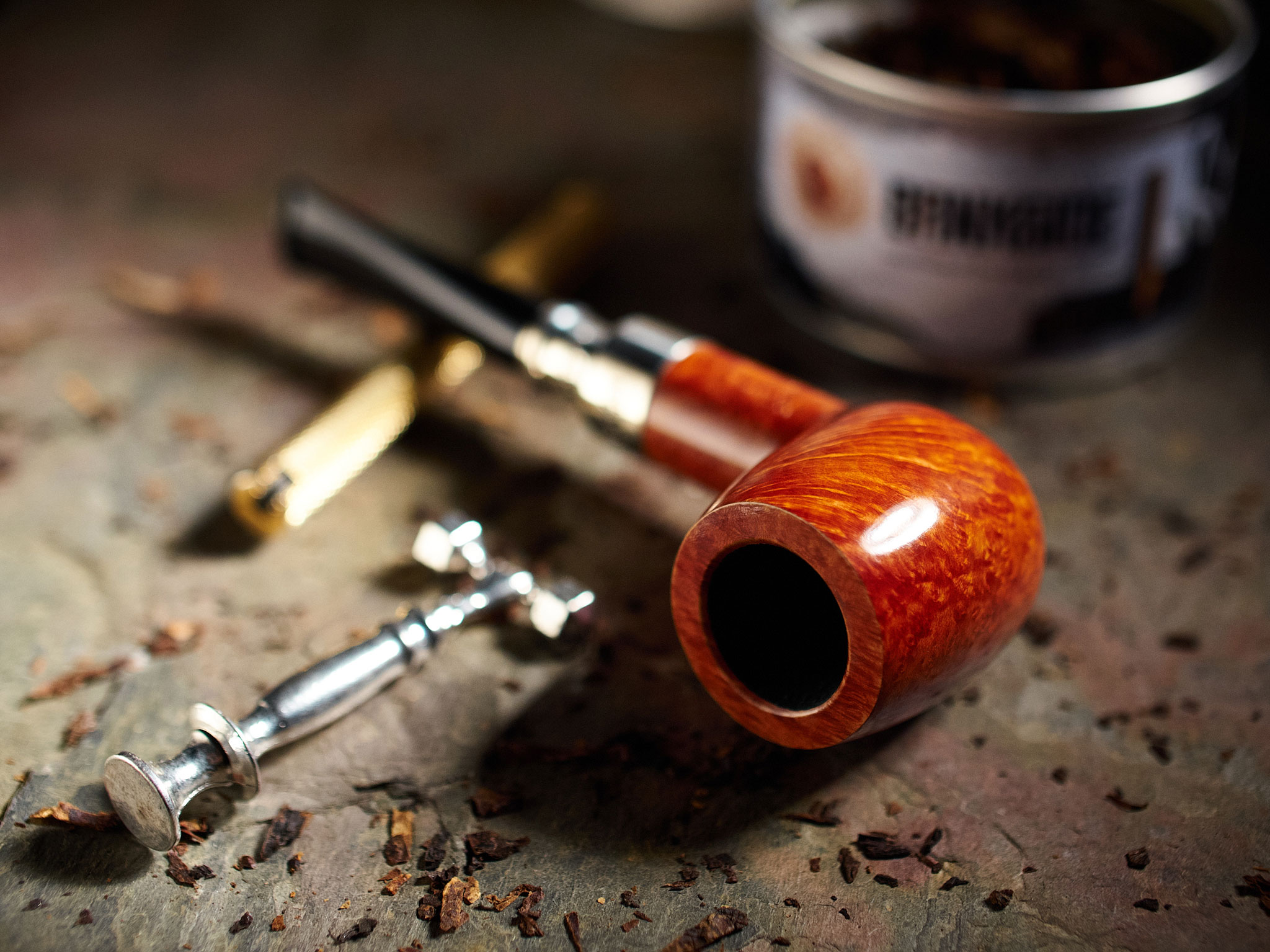
Photos by G.L. Pease





